1. Wallpapered Bathrooms
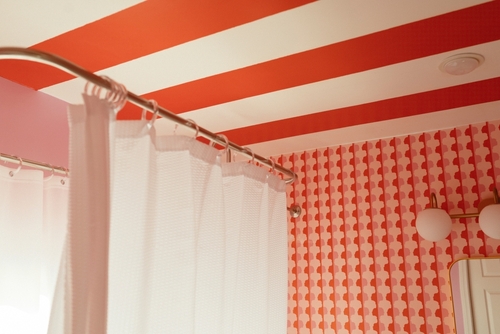
Wallpaper in bathrooms can be a bold choice, but moisture and humidity are constant enemies. Even water-resistant varieties may peel, bubble, or grow mildew over time. While patterns can make a bathroom feel unique, they often deteriorate faster than paint or tiles. The high-maintenance factor is frequently underestimated by trend-chasing homeowners.
Cleaning wallpaper in a bathroom is tricky and labor-intensive. Scrubbing to remove splashes can damage patterns, and sealing requires ongoing attention. Many find that the initial visual impact doesn’t justify the upkeep. The walls often end up looking worse over time, despite the best intentions.
2. Subway Tile Everywhere
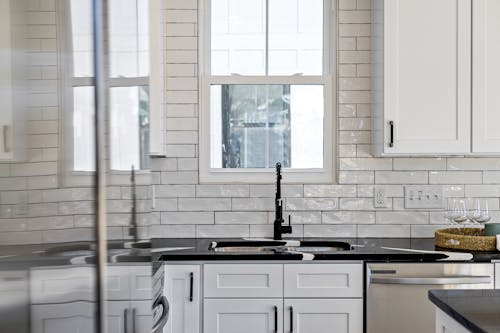
Subway tile seemed timeless a few years ago, but it’s now so overused that it can age a space quickly. While classic, the glossy white tiles show every fingerprint, drip, and smear, which can make your kitchen or bathroom look dirty within minutes. Grout lines get grimy fast and demand frequent scrubbing or resealing. The result? A look that requires more upkeep than most people anticipate.
The style is also incredibly limiting when it comes to updating your decor. It pairs well with some designs, but it can clash with more contemporary or bold aesthetics. Many homeowners realize too late that changing a tiled backsplash is labor-intensive and expensive. What seemed like a safe, neutral choice ends up feeling dated or uninspired over time.
3. Floating Vanities in Bathrooms
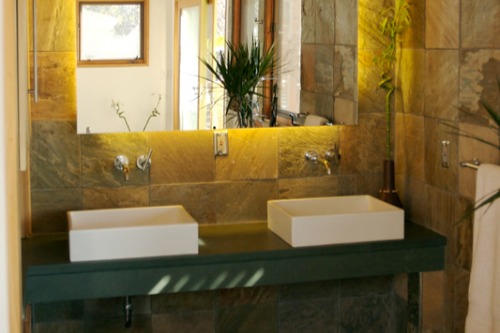
Floating vanities are sleek and modern, but they aren’t always practical. They can make storage tricky since you lose the traditional under-sink cabinet space. If you have kids, pets, or just a lot of bathroom clutter, a floating vanity can feel more like a showcase than a functional piece. The open space below often collects dust, hair, and random bath items.
They’re also harder to install correctly, especially on walls that aren’t perfectly level or reinforced. Over time, the floating design may sag or require extra support. In high-traffic bathrooms, floating vanities simply don’t hold up as well as their grounded counterparts. The aesthetic appeal comes at a cost of convenience and durability.
4. Glass Shower Doors Without Frames
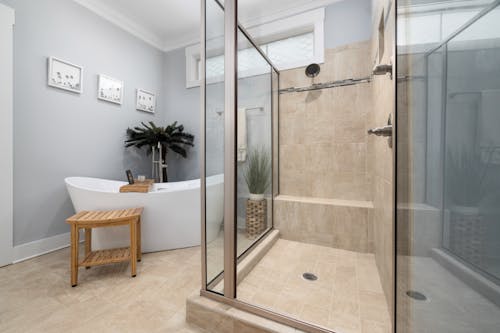
Glass shower doors without frames look ultra-modern and minimalist, but they are a maintenance headache. Water spots, soap scum, and fingerprints show immediately, requiring frequent cleaning to maintain that pristine look. Without a frame, the glass is more prone to chipping or leaking if not installed perfectly. In homes with kids or frequent guests, these doors can quickly show wear and tear.
The installation is also more technical than it seems. Even slight imperfections in leveling can lead to water pooling outside the shower. Over time, the sleek, frameless look can begin to feel more like a stressor than a style upgrade. Many homeowners wish they had opted for semi-framed doors that balance style and practicality.
5. Gray Everything
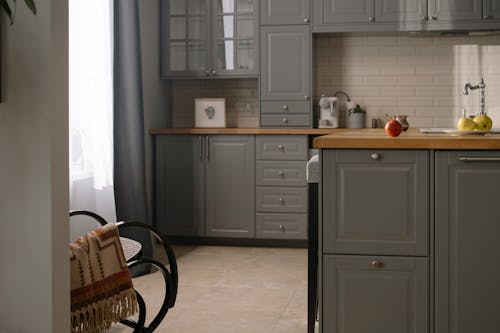
Gray was once the “it” color, dominating walls, countertops, and furniture, but it can feel cold and sterile in real life. It’s harder to make a space feel warm and inviting when every surface is muted. Depending on lighting, gray can look blue, green, or even drab. The uniformity can make rooms feel flat rather than cozy.
Pairing gray with other colors requires careful planning, and it often shows imperfections in walls and furniture. Dust, scratches, and dirt are more noticeable against gray surfaces, demanding more upkeep. Many homeowners regret over-committing to gray after realizing it doesn’t age as gracefully as warmer tones. It’s one of those trends that looks great in photos but can feel lifeless daily.
6. Exposed Brick Interiors
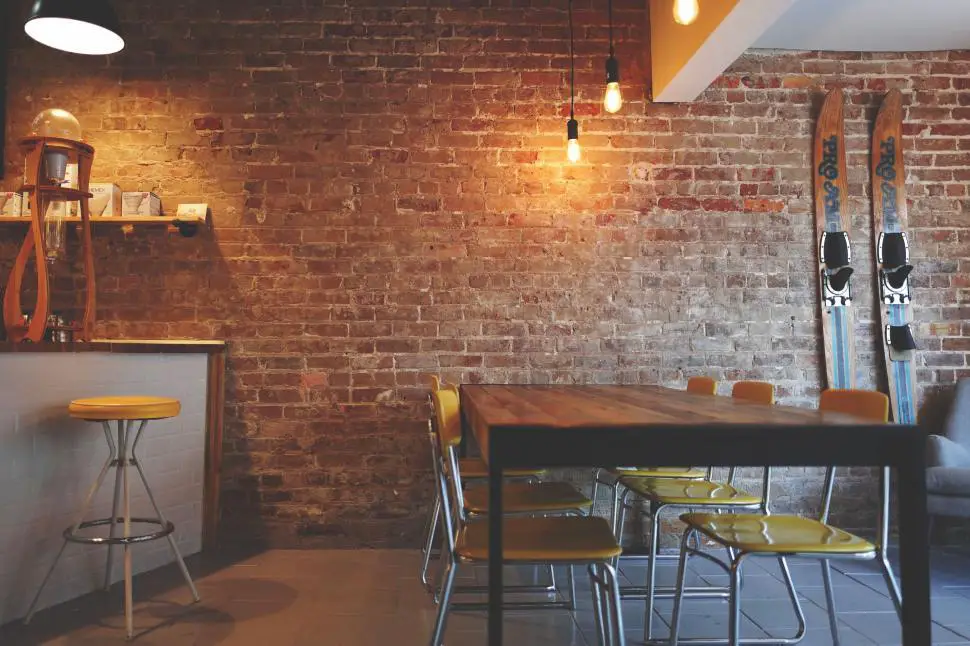
Exposed brick can add charm, but not every wall is suitable for this treatment. Brick sheds dust and crumbles over time, making it a maintenance issue in kitchens or living areas. It can also absorb odors and moisture, especially in bathrooms or damp spaces. While it looks rustic and cool in photos, living next to raw masonry isn’t as romantic as it seems.
Painting or sealing brick adds another layer of work and cost, which many homeowners underestimate. In older homes, structural concerns can make exposing brick a risky project. The texture that makes it visually appealing also traps dust and pet hair, requiring constant cleaning. Over time, the novelty often wears off, leaving homeowners wishing they had chosen a more practical wall finish.
7. Statement Ceilings
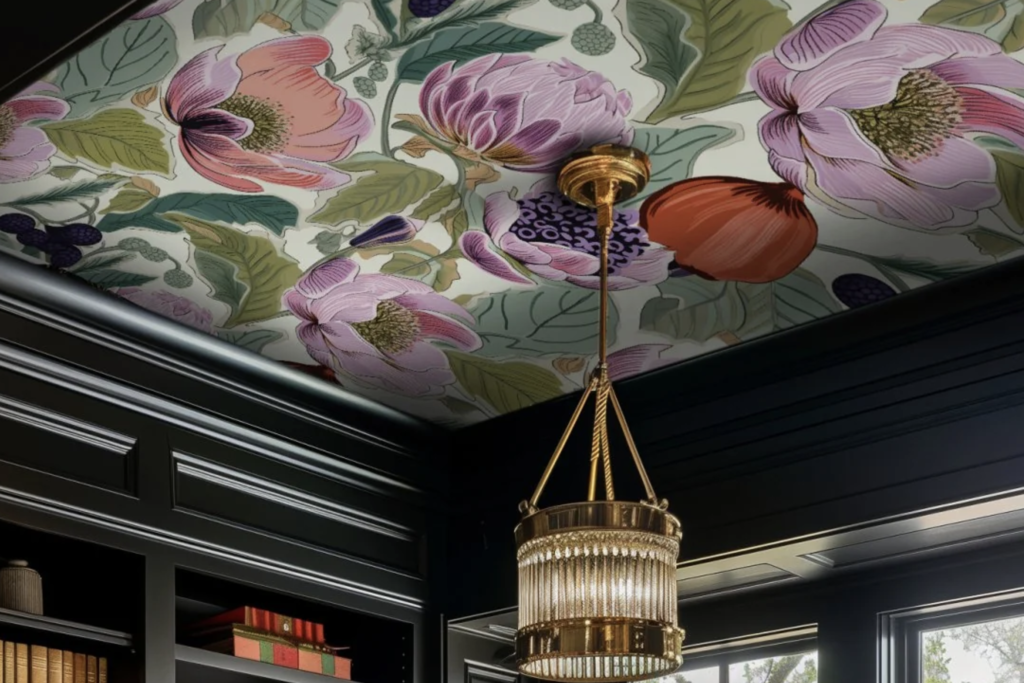
Painting or wallpapering ceilings in bold colors can initially wow guests, but it rarely has long-term appeal. Ceilings are tough to maintain, and dark or complex patterns can make a room feel smaller or oppressive. Dust and cobwebs are more noticeable against darker surfaces. Over time, the dramatic look can feel overwhelming rather than stylish.
Ceiling renovations are also labor-intensive, and changing them down the road is even harder. Repainting a ceiling is notoriously tricky, requiring ladders, scaffolding, and precise technique. Bold ceiling trends often become dated quickly, making resale more challenging. What seems like a fun accent can become a long-term commitment many homeowners regret.
8. Concrete Countertops Indoors

Concrete countertops are sleek and customizable, but they’re not as low-maintenance as they seem. Without proper sealing, they stain easily from wine, coffee, or oils. Small cracks and chips appear over time, especially with heavy kitchen use. The industrial look is cool, but it’s a daily challenge to keep them looking pristine.
The material is also heavy, which can require reinforced cabinetry and professional installation. DIY enthusiasts often underestimate the curing time and surface preparation needed. Even with care, the concrete can develop hairline cracks that can’t be easily repaired. Many homeowners who were drawn to the rugged aesthetic find it becomes more hassle than style.
9. Barn Doors Indoors
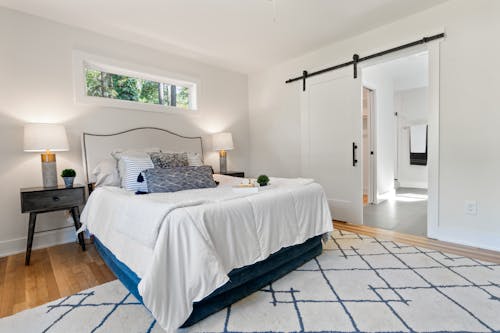
Barn doors can be a fun, rustic statement, but they’re not always practical. They often don’t seal tightly, which reduces privacy and sound insulation. Sliding mechanisms can jam or come off track if not installed perfectly. In tight spaces, the door swing or clearance can become a daily annoyance.
They also require wall space next to the doorway, which can limit furniture placement. Standard doors often function better for everyday use and require less maintenance. While barn doors photograph well, living with them reveals their limitations. Many homeowners regret the choice once functionality trumps aesthetics.
10. Black Fixtures Everywhere
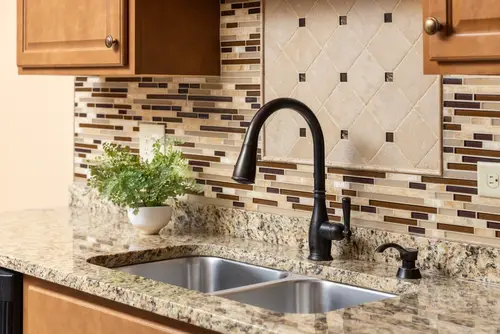
Black faucets, handles, and light fixtures can look stunning at first glance, but they show water spots and fingerprints immediately. Unlike chrome or brushed nickel, these surfaces demand regular wiping to maintain their appearance. Over time, scratches or chips become more noticeable against the dark finish. What seems edgy can feel high-maintenance in daily life.
Matching black fixtures across different rooms is also challenging. Variations in lighting and materials can make black look inconsistent or clash with surrounding colors. For a busy household, the upkeep can outweigh the initial wow factor. Many homeowners find that black hardware looks great in photos but wears poorly over time.
11. Oversized Furniture in Small Rooms
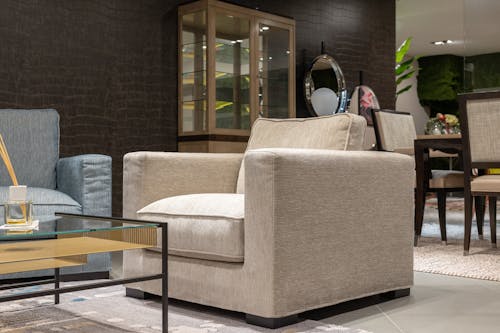
The trend of massive sectional sofas and oversized armchairs can overwhelm smaller spaces. While they promise comfort, they often make movement difficult and limit flexibility. A room that looks cozy in a magazine can feel cramped in real life. Functionality often takes a hit when furniture is chosen purely for visual impact.
Big furniture also complicates cleaning and rearranging. It’s hard to access corners, vacuum under pieces, or repurpose a room when everything is bulky. What seemed like a stylish centerpiece becomes a logistical headache. Many homeowners wish they had prioritized scale over statement pieces.
12. Open Floor Plans Without Defined Spaces
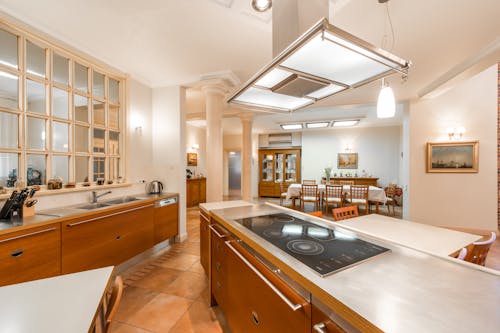
Open floor plans are trendy for creating airy, communal spaces, but they can reduce privacy and create noise issues. Cooking smells, TVs, and conversations carry more easily, making it harder to enjoy separate activities. Without clever zoning, the space can feel chaotic rather than free-flowing.
Furniture placement and decor choices become more critical in these layouts. Without walls to separate rooms, every area must serve a visual and functional purpose. Many homeowners find they miss the separation and intimacy that traditional floor plans offer. Open spaces often look great in design photos but can be stressful to live in.
13. Open Shelving in Kitchens
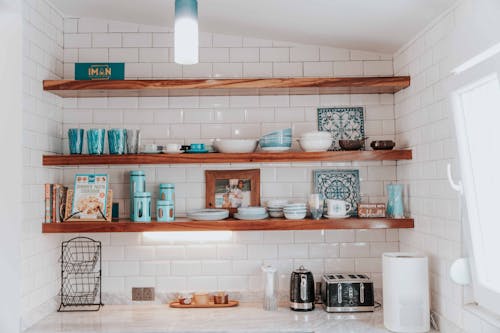
Open shelving may look airy and Instagram-ready, but it’s a nightmare for anyone who actually cooks. Dust, grease, and general kitchen grime accumulate quickly, turning your “decorative” plates into a constant cleaning chore. Unlike closed cabinets, open shelves offer zero protection, so you’ll find yourself wiping down items more than using them. It’s one of those trends that seems practical until you live with it.
For small kitchens, open shelving can also make your space feel cluttered if you don’t have perfectly curated dishes. Unlike the minimal displays you see online, real life involves mismatched mugs, takeout containers, and cereal boxes. The aesthetic doesn’t always match the functional reality of everyday life. Many homeowners regret choosing this over traditional cabinetry once they realize the constant maintenance required.
14. Ceiling Fans in Every Room
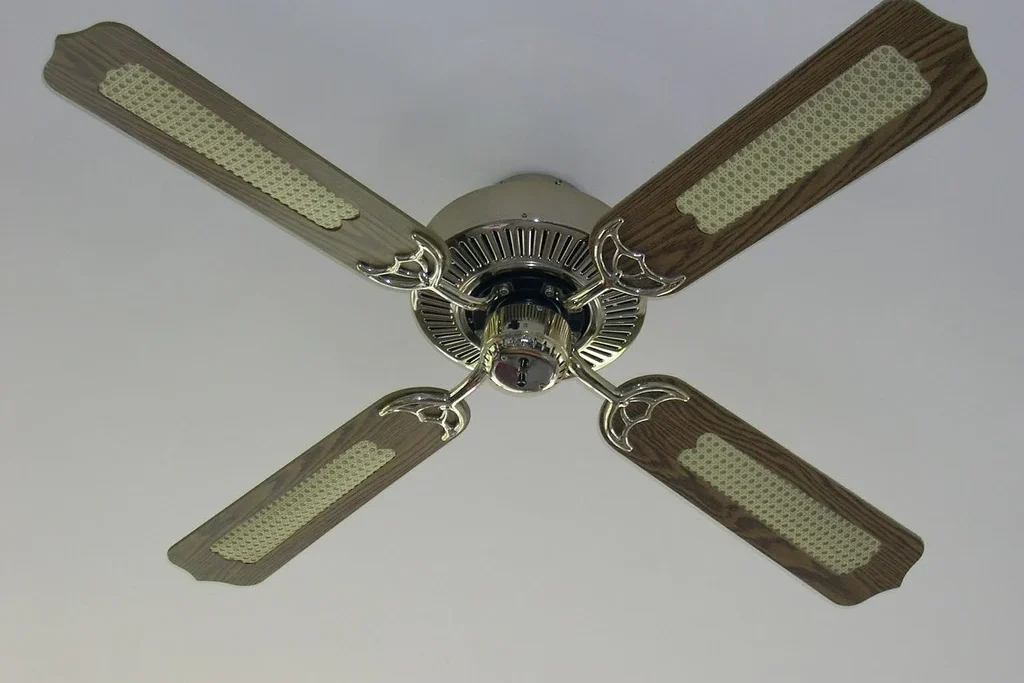
Ceiling fans can be efficient, but installing them everywhere isn’t always necessary. They take up headspace, require careful placement, and need regular cleaning. In bedrooms or hallways with low ceilings, they can feel intrusive or even unsafe. Many homeowners overestimate their practicality versus modern HVAC solutions.
Fans also have style limitations—many designs feel dated or bulky. Unless you’re strategically using them for airflow, they often sit underused. In rooms with alternative cooling or heating options, fans may become more of a visual distraction than a functional addition. Trendy in theory, they often prove less practical than anticipated.
This post 14 Renovation Fads That Collapse Under Real-World Use was first published on Greenhouse Black.
